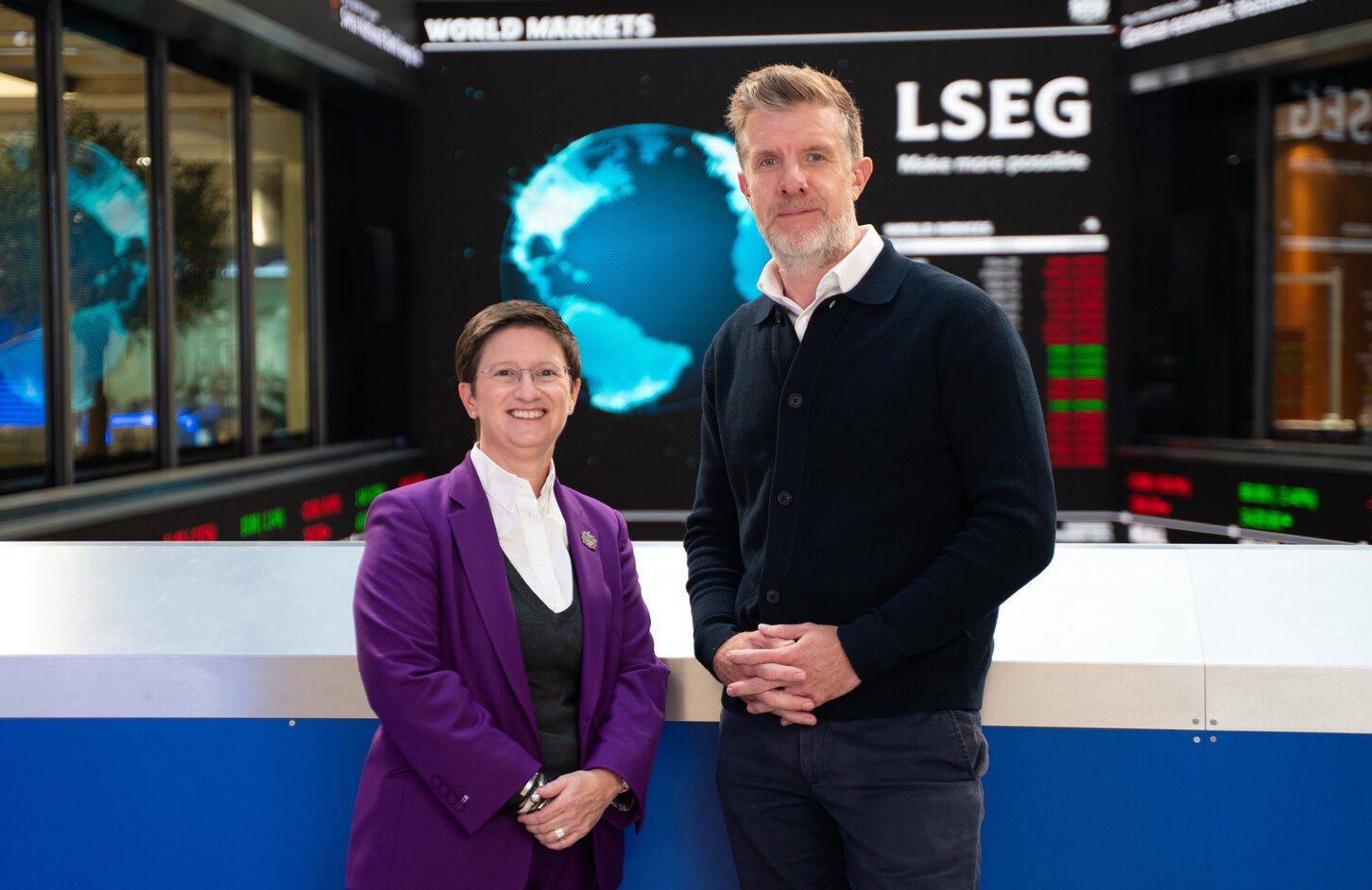Chris Belasco, chief data officer (CDO) at the City of Pittsburgh, is focused on his team’s triumphs. While some data leaders might like to bask in the glory of their personal achievements, Belasco says success in the fast-moving digital age is very much about taking a collegiate approach: “The complaints should come to me, and the credit should go to the team.”
Belasco reached the CDO position by transferring his evaluation and analytics skills from academia to the public sector. He completed a PhD in public affairs and ran a unit at the University of Pittsburgh that conducted large impact evaluations on democracy and foreign assistance for the US Agency for International Development.
With a young family, he was keen to establish roots locally and joined the City of Pittsburgh in 2018 as enterprise project manager. He moved into the CDO role in 2022 and has relished the opportunity to help his organisation build data pipelines and refine its operational processes.
“I was fortunate enough to have good team members, some of whom are still here,” he said. “I’ve built the rest of the team, which has some incredibly sharp data engineering skills that I feel are a nice way to emphasise the capabilities of what the city has to offer.”
As a reflection of those capabilities, Pittsburgh achieved a higher level of Bloomberg Philanthropies’ What Works Cities Certification earlier this year. The certification recognised how the city has established data capabilities to inform policy, allocate funding, improve services, evaluate programmes, and engage residents. Belasco is proud of the achievement.
“Thirty-eight cities are either gold or platinum in the western hemisphere, and we are punching well above our weight class with the capabilities and practices that we’re able to demonstrate,” he says. “What we’re able to achieve through the work we’re doing, such as partnering with Astronomer, is pretty spectacular.”
Creating a fresh approach
As Pittsburgh CDO, Belasco manages analytic, data engineering, and software development efforts to improve the city’s operations. His team builds the connective tissue for city departments to focus on helping residents, rather than managing data infrastructure.
“My job is mainly about making sure the team has the resources they need to succeed,” he says. “I enjoy helping people make better decisions, giving them the resources they need to be able to do that, and helping to achieve transparency.”
Belasco says the other key element of his job is about ensuring data helps the city achieve its objectives, which are centred on citizen requirements: “My role is about connecting people across silos and departments in our organisation, but also the public and our partners, to make sure that they know the data assets that we have.
“I need to ensure we’re using those assets strategically and that we’re achieving the goals set out by the leadership in the city. We need to give the public some of the things they’ve come to expect from cities in this digital age. That’s about being able to advance our practices by listening to the people who say these are the things you should be working on.”
Belasco says the general direction in terms of digital transformation is towards helping Pittsburgh become a data hub. He says the city made strong progress before he arrived at the organisation, referring to a series of dynamic leaders who were eager to help the city progress in the data space.
Since becoming CDO, Belasco has continued this work. He points to the organisation’s transition to the cloud, suggesting his role in Pittsburgh’s continued digital transformation has involved connecting to best practices in other places and ensuring his team has the runway to land its work effectively.
“We’re about to launch our first open data report since 2017. We’ve been able to release open data sets and partner with our data intermediary partners to do community-driven and community-facing data projects that help equity and justice. We’ve also achieved some safety measures that feel a little unheard of in our domain,” he says.
“We partnered with human resources, the Department of Public Works, which was the pilot leader, and the Mayor’s Office, and we built both the ability to report on safety incidents and the outcome metrics. That work has reduced safety incidents and ensures that employees can go home from work safely, and that’s clearly tremendously important.”
Opening data access
Belasco and his team have also been focused on building real-time citizen dashboards that provide open access to government data. At the heart of this programme of work sits the organisation’s implementation of Astronomer technology.
The Astro platform helps Belasco’s team manage the city’s Apache Airflow data pipelines. Before implementing the platform, the team maintained its Airflow environments on Google Cloud Composer. However, the team struggled with Composer outages and spent valuable time firefighting issues when they wanted to focus on developing innovative citizen services.
Belasco and his colleagues assessed their options and believed Astro could support a digital transformation. The data team began the migration to Astro in early 2024 once they’d demonstrated the case for change to the city’s senior executives.
“I enjoy helping people make better decisions, giving them the resources they need to be able to do that, and helping to achieve transparency”
Chris Belasco, City of Pittsburgh
“We tried to come up with an estimate of how much time we would spend servicing Composer images,” he says. “We were trying to be entrepreneurial about ways that we could help free up time for our people who knew engineering but were spending time on data management. So, Astro was a force multiplier for us to take their time and move it off into something else. The executives understood that we were trying to make our processes more efficient.”
One of the most important initiatives being supported by Astro is the City’s recently launched OneStopPGH Insights tool, a web-based application that allows residents to track neighbourhood permits, code violations and zoning applications online in real-time. Belasco says the pioneering initiative is a great example of how his organisation is working to create data-enabled services for Pittsburgh citizens.
“The site will tell you all the different pieces of information related to the area you’re exploring,” he says, adding that more than 30 permit types are already tracked. “Soon, the platform will also include everything from our Department of Mobility and Infrastructure, such as information related to transportation, rights of way and street segments.”
About 99% of the city’s data activities run in Astro, which has become the city’s unified orchestration platform. The shift to Astro has involved more than four million rows of transformed data across 13 pipelines. The platform also supports the city’s open data efforts, enabling data scientists and the public to use information freely and easily.
“These technologies are the foundations for creating useful visualisations,” says Belasco.
Proving the value of information
Belasco says the work around Astro is a good example of the data-led change that his organisation is attempting to pursue. Across all stages of this initiative and other transformation projects, there’s a continual attempt to build strong bonds with line-of-business professionals.
He gives the example of how this joined-up approach has helped prove the benefits of the OneStopPGH Insights tool to the broader Pittsburgh community: “There’s a project manager in another department who is overseeing the implementation of the software that is used for this programme of work.
“They’re also the person who’s gone out to the community groups to talk to them about using and transitioning to this new software. And the people in the community have had nothing but good things to say. So, this initiative is a triumph of a handful of different teams working together to get the work done.”
When it comes to lessons for other business and digital leaders, Belasco says that modern data chiefs must ensure people across the organisation understand the value of projects that produce insights for line-of-business professionals and external clients. His team stands on the shoulders of earlier work and the recognition of the benefits of transformation in Pittsburgh.
“I feel like everything started with culture changes in technology leadership at the city, which we were able to glom onto and grow. I want to credit the CIOs and past leaders of our organisation who have helped to grow that culture across departments, so that data people in the various departments could get interesting projects moving along,” he says.
“You grow trust out at the department-to-department level and get everybody moving along in one direction as closely as you can. We’ve acted like a subcommittee to help ensure that everyone believes in our work and has a say in what we’re doing. That institutionalisation is a way that we’ve been able to achieve our targets as we’ve moved forward, and then those conversations translate over into products we create.”
Building long-term trust
The data team continues to seek new ways to exploit information. When it comes to artificial intelligence, Belasco says the aim is to explore emerging technology carefully. “We’re working on adapting our activities to ensure that our workforce has the tools to be able to do higher-order work,” he adds. “That’s our pathway.”
Belasco says successful data projects are all about communication and collaboration: “When you say, ‘OK, here’s what we need to do’, and you have someone from a line-of-business department who has a leadership role in the work you’re doing, and they’re telling you, ‘Here’s what I need to see from the project’, then you begin to work together with other people closely to achieve your targets.”
The key to data success is getting the right people from other lines of business across the organisation involved early and quickly.
“It’s all about getting visibility from teams and subject matter experts to help make sure that they have a voice and can contribute,” Belasco says. “You must build trust between your team and the line-of-business professionals and senior executives in the organisation.”










